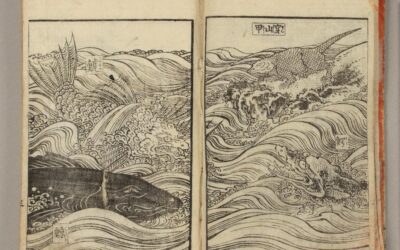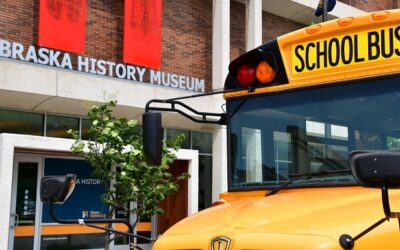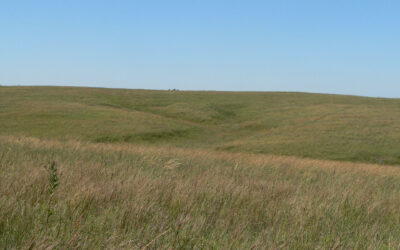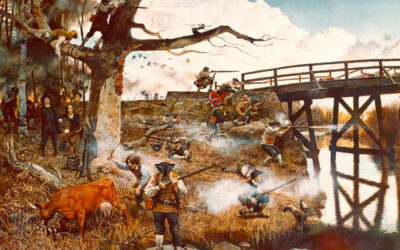On April 7, 1871, a Union Pacific emigrant train, bearing the members of the Soldier’s Free Homestead Colony, arrived at Gibbon siding in Buffalo County and switched off a few cars that were to house the colonists until they could build dugouts and soddies. According to Samuel Clay Bassett, a Buffalo County historian, the Soldier’s Free Homestead Colony originated with Col. John Thorp of West Farmington, Ohio. Thorp had already settled a colony of homesteaders in Kansas, along the line of the Union Pacific Railroad, and during the winter of 1870-71, he turned his promotional energies to lands along the Union Pacific in Nebraska, painting in glowing colors the “free homes and free lands” available there.
 Col. John Thorp. From Samuel Clay Bassett, Buffalo County, Nebraska, and Its People (Chicago, 1916).
Col. John Thorp. From Samuel Clay Bassett, Buffalo County, Nebraska, and Its People (Chicago, 1916).
Thorp advertised for colonists, charging a membership fee of two dollars, for which they received reduced railroad rates to Gibbon. It was expected that members of the group, mostly Civil War veterans, would take homesteads, thus increasing the value of nearby railroad lands. The great opportunities for Union veterans were stressed in the colony’s advertising, but membership was not restricted to veterans.
As the colonists traveled west, rumors began to float through the crowd that they were being transported on a night train to prevent them from seeing the desolate countryside in daylight. When the first colonists arrived at Gibbon siding, named for Civil War Gen. John Gibbon, the only building was a small section house, and until sod or frame homes could be built, they lived in railroad boxcars.
The settlers’ first view of the area was not encouraging. A prairie fire had recently swept over the region, leaving charred desolation in its wake. Two days after their arrival, a blizzard struck the area. It is a tribute to the perseverance of these hardy pioneers that only one colonist failed to file a homestead claim. Later arrivals increased the number of original colonists to 129 families from 15 states, most of them Union veterans.

Solomon D. Butcher photographed this Old Settlers Picnic at Gibbon in 1907. NSHS RG2608-724 (above)
In 1891, twenty years after the colonists’ arrival, a reunion was held. At the meeting it was decided to gather annually to celebrate the 1871 event and the founding of the town of Gibbon. Those attending included not only the original colonists, but as time went on, their children and grandchildren. By the mid-1930s only one survivor of the original homestead colony remained. The Gibbon Reporter said on April 11, 1935, that Civil War veteran W. W. Gibson “is the only living colonist, so far as known, who arrived on the train 64 years ago, but was not able to be at the [1935] meeting.” Gibson, who had built upon his homestead a comfortable house and large barn, turning it into “one of the most beautiful farm homes in Buffalo County,” died on January 1, 1936.
– Patricia C. Gaster, Assistant Editor/Publications




